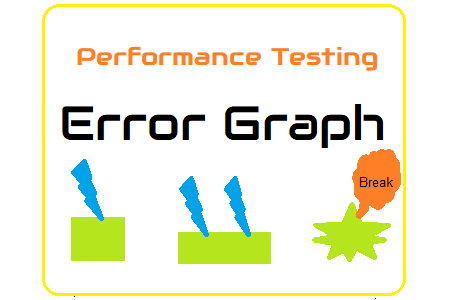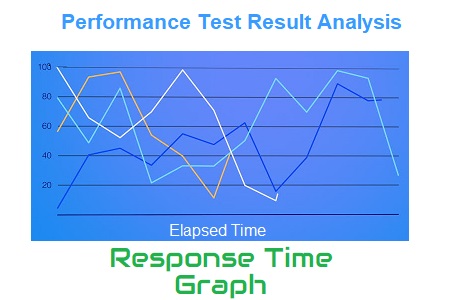Performance Testing Basics
Error Graph
This is one of the basic graphs and frequently use to debug the performance bottleneck. The error graph provides details about the type of errors and the time when they occurred. Error graphs could be the first point to kick off the investigation of performance issues. It helps to categorize the error using the response … Read more
Response Time Graph
Response time graph gives a clear picture of overall time including requesting a page, processing the data and getting the response back to the client. As per PTLC (Performance Test Life Cycle), the Response time NFRs should be discussed and agreed upon during the NFR gathering phase and then compared with the actual response time … Read more
Performance Test Result Analysis – Intermediate
Moving to the next level named as Intermediate level of performance test result analysis; you will learn how to read the different types of graphs. In the previous post, you got a high-level knowledge of Performance Testing basic graphs which might help to build a strong platform for the result analysis. So, moving ahead, you … Read more
Performance Test Result Analysis – Basic
The primary goal of any performance testing is to provide a clear status on application performance and to identify performance issues (if any). Performance Test Result Analysis is crucial because a wrong prediction or a decision to go live with risk may impact revenue, brand, market perception and user experience. Hence it is important to … Read more
Performance Testing Life Cycle
What is Performance Testing Life Cycle (PTLC)? The Performance Testing Life Cycle is a systematic process to carry out the non-functional testing of a software system or application. Most of the software industries follow this process to plan the performance testing activities and find out the performance bottleneck in the software system. What is the … Read more






